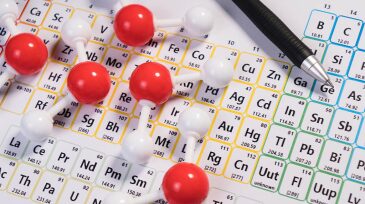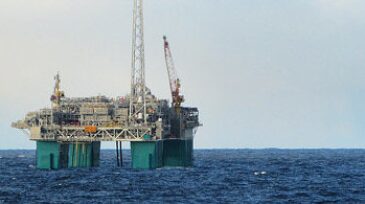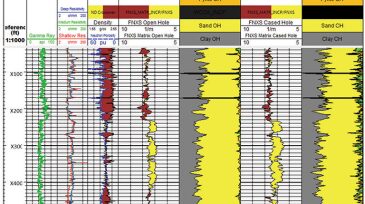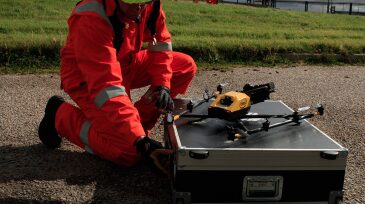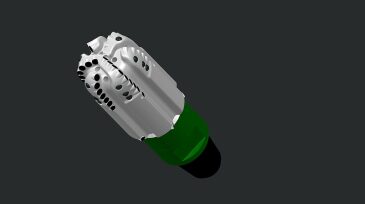case study
-
SponsoredA US operator is using Actenum’s DSO/Upstream scheduling software to improve drilling program efficiency, adding $510,000 to annual earnings.
-
A small core team with the ability to make decisions was responsible for getting a subsea tie-back project up to sanction within a short-time frame.
-
Three papers selected from 2018 SPE ATCE look at the challenges and approaches to the treatment of increasing volumes of produced water.
-
Three onshore fields in the Emirate of Sharjah, United Arab Emirates, have more than 30 years of production history from more than 50 gas-condensate wells.
-
A pilot project demonstrates that facilities design plays an important role in providing sources of CO2 for the gas-handling process for injection into a carbonate formation as a tertiary recovery mechanism.
-
A method of data-driven risk analysis has been developed and applied to improve the efficiency and effectiveness of inspecting surface corrosion of SS316 piping on the Gjøa platform on the Norwegian Continental Shelf.
-
This paper compares the results of gas identification and lithology identification using pulsed-neutron spectroscopy in openhole and casedhole environments.
-
Intel and Cyberhawk released a case study outlining the successful inspection of a gas terminal near the coast of Scotland using commercially available drone technology.
-
A new line of specialized polycrystalline-diamond-compact bits have been tested in a series of Bakken wells. The bits’ integrated design allowed significant increases in drilling rate and the number of plugs drilled.
-
ADNOC’s authority on technology maturity describes the case studies used to test the company’s new technology qualification process.



